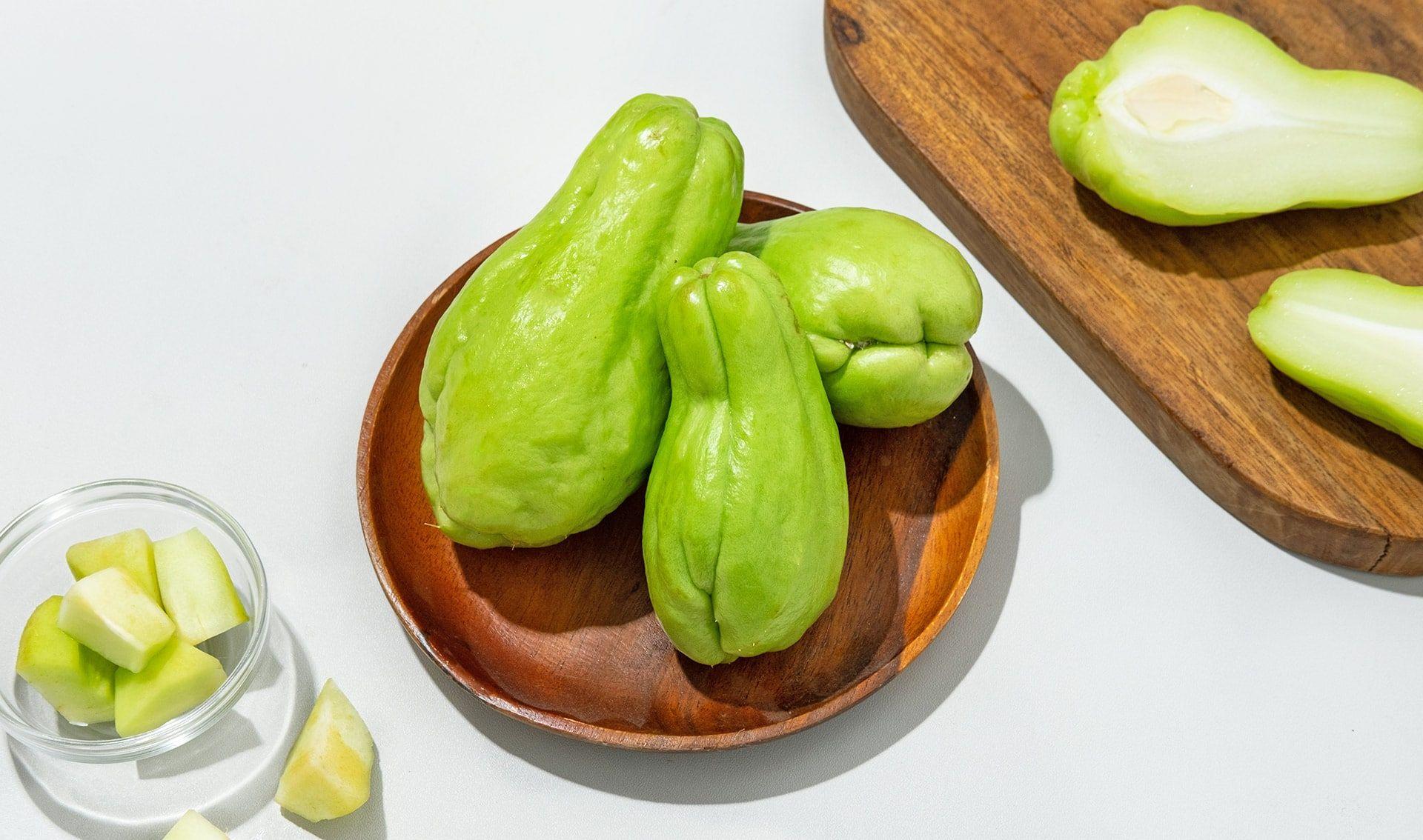Sayote is no stranger at our dining tables. It’s a versatile and accessible vegetable, but not a lot of people know where to use it apart from stir-fries and soups. Here, we explore the possibilities sayote can bring to your home cooking.
Sauteed
Locally, sayote is most commonly sauteed with meat and other vegetables (ginising sayote) then served with rice. You can also simply saute it with butter alongside other firm vegetables.
Steamed
Another method of cooking sayote is by steaming, as you would vegetables like corn, broccoli, cauliflower, and carrots.
In soups
Sayote is a common sight in some local soups like almondigas and tinola, where the vegetable is cooked by boiling.
Pickled
To pickle sayote, julienne it then place it in a jar that comes with a tight lid. Separately, prepare your pickling liquid by boiling water, sugar, salt, vinegar, and whole peppercorns together. Add the liquid to the jar, seal it, then store it in the fridge.
For Salads
Sayote can bring a good balance of textures to a salad. Slice it thinly, then toss it with greens and vinaigrette.
Pureed
You can make a thick soup out of pureed sayote and aromatics (garlic, onion, green onions, and/or leeks) and herbs. Add cream to bind everything together.
Gratin
Adding cheese and breadcrumbs to sayote turns it into gratin that’s great to serve as a side dish for steaks or roasted meat.
Apple Pie Filling (!)
Sayote’s flavor and texture can mimic apples enough to use it instead of the fruit for pies. Chop it, then mix with cinnamon, sugar, flour, and lemon juice; bake into your crust then serve.
